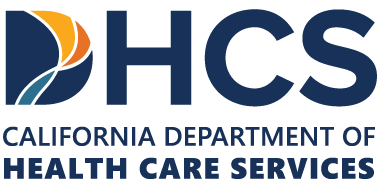What everyone should know about Medication-Assisted Treatment (MAT)?
It is an approach used in the treatment of substance use disorders, particularly opioid and alcohol use disorders. It involves the use of medications in combination with counseling and behavioral therapies to provide a comprehensive and effective approach to managing addiction.
Key points to know about Medication-Assisted Treatment
- Purpose: MAT aims to reduce the withdrawal symptoms, cravings, and other physiological and psychological effects of substance withdrawal, making it easier for individuals to engage in counseling and behavioral therapies.
- Medications: MAT typically involves the use of specific medications that are approved by regulatory bodies (such as the U.S. Food and Drug Administration) for treating substance use disorders. For opioid use disorder, common medications include methadone, buprenorphine, and naltrexone. For alcohol use disorder, disulfiram, naltrexone, and acamprosate are commonly used.
- Opioid Use Disorder: MAT for opioid use disorder often involves medications like methadone and buprenorphine. These medications work by binding to the same receptors in the brain that opioids target, thus reducing withdrawal symptoms and cravings without producing the same euphoric effects. Naltrexone, another medication, blocks the effects of opioids and reduces cravings.
- Alcohol Use Disorder: MAT for alcohol use disorder aims to reduce cravings and the rewarding effects of alcohol consumption. Medications like naltrexone, acamprosate, and disulfiram are used. Naltrexone reduces cravings and the pleasurable effects of alcohol. Acamprosate helps normalize brain activity disrupted by long-term alcohol use. Disulfiram discourages alcohol consumption by causing unpleasant reactions when alcohol is ingested.
How Medication-Assisted Treatment is most effective?
Well, the answer is when it will be combined with counseling, behavioral therapy, and support groups. The combination of medications and therapy addresses both the physical and psychological aspects of addiction.
Medication Assisted Treatment plans are tailored to individual needs, taking into account factors such as the substance being used, the severity of the disorder, medical history, and other personal considerations. MAT requires medical supervision and careful monitoring, especially during the initial stages of treatment and dosage adjustments. This helps ensure the safety and effectiveness of the medications. MAT is often viewed as a long-term approach to managing substance use disorders. It can continue for months or even years, depending on individual progress and needs.
Misconceptions Related to Medication Assisted Treatment
There can be stigma and misconceptions associated with MAT. Some critics argue that it’s simply replacing one addiction with another. However, research has shown that MAT can significantly improve outcomes for individuals struggling with substance use disorders, reducing the risk of relapse, overdose, and associated negative consequences.
Medications used in MAT are approved by regulatory agencies and are backed by scientific research and clinical trials.Access to MAT can vary based on factors like geographical location, healthcare infrastructure, and insurance coverage. Efforts are being made to expand access to MAT services.
MAT is part of a broader continuum of care for substance use disorders, which may include detoxification, residential treatment, outpatient treatment, and ongoing support.
It’s important to note that MAT may not be suitable for everyone and that treatment decisions should be made in consultation with qualified medical professionals based on individual needs and circumstances.




